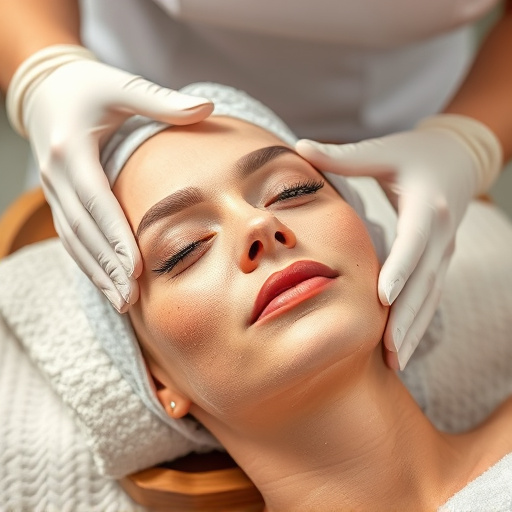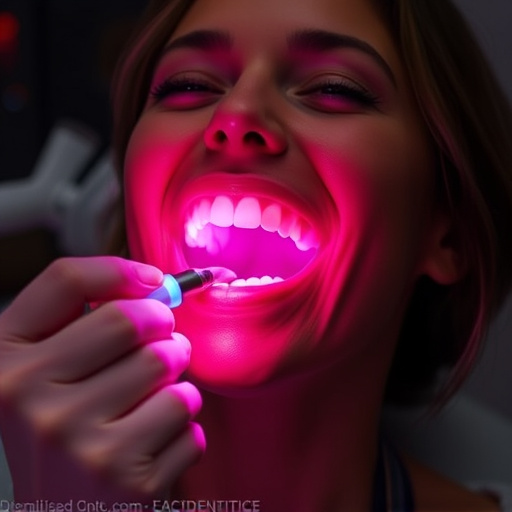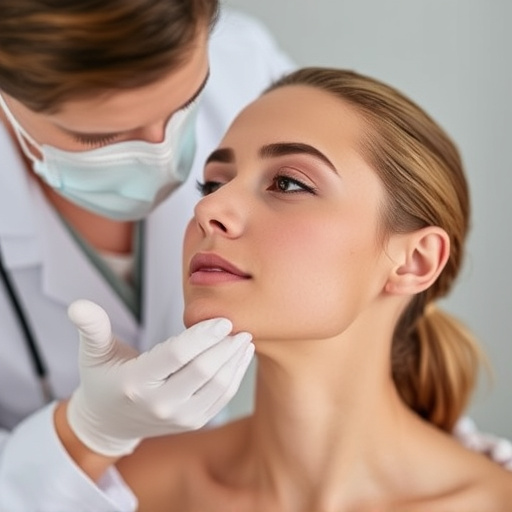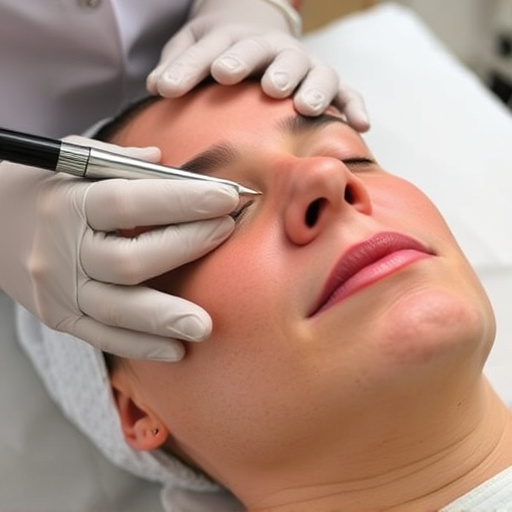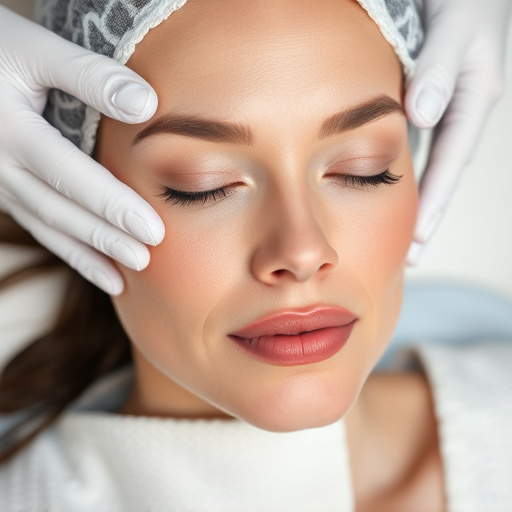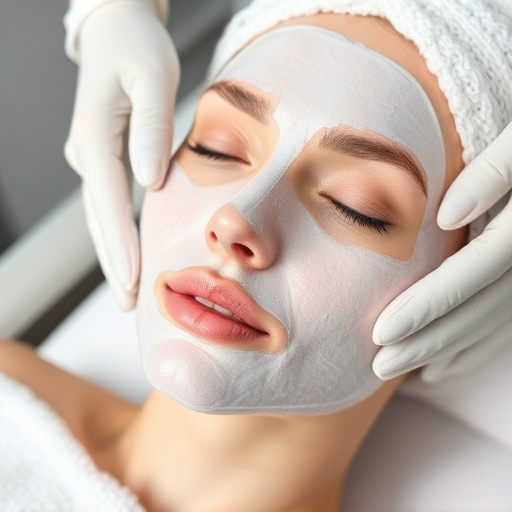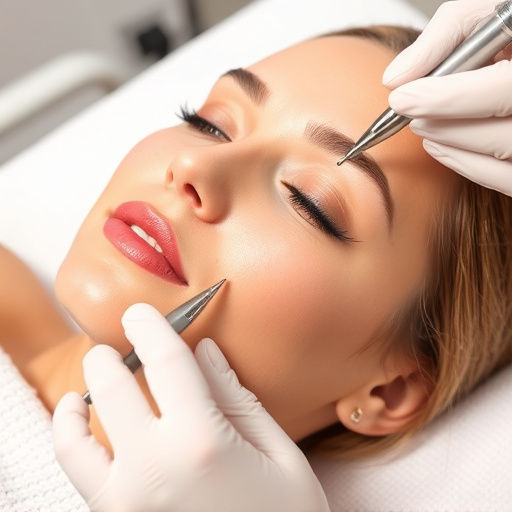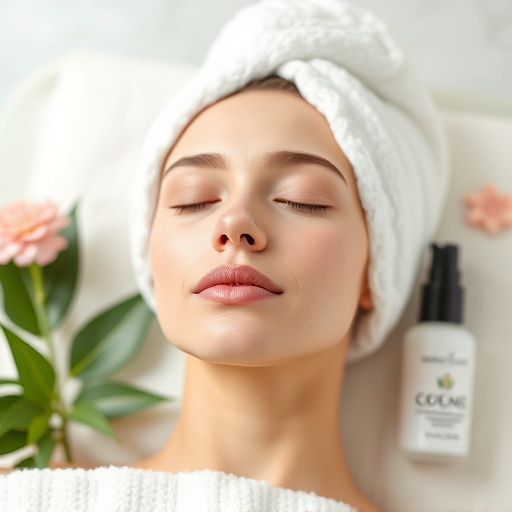Hormones, especially estrogen and testosterone, play a pivotal role in hair growth cycles and skin health. Hormonal imbalances can disrupt these cycles, leading to issues like excessive hair growth or loss (hirsutism). Achieving hair free skin involves understanding these hormonal interactions and adopting personalized skincare routines tailored to individual hormone profiles. Customized facials and targeted body treatments can address specific skin concerns, promoting overall skin health and enhancing confidence by managing underlying hormonal imbalances, particularly those linked to conditions like Polycystic Ovary Syndrome (PCOS).
Uncover the intricate relationship between hormones and achieving a smooth, hair-free skin. This article delves into how our body’s chemical messengers impact hair growth, revealing the science behind unwanted hair and offering solutions for maintenance. We explore the connection between hormonal imbalances and excessive hair growth, providing insights on balancing hormones naturally. Discover skincare routines designed to complement these changes, ensuring long-lasting results for a silky-smooth complexion.
- Understanding Hormones and Their Role in Hair Growth and Skin Health
- The Connection Between Hormonal Imbalances and Unwanted Hair Growth
- Maintaining Hair-Free Skin Through Hormonal Balance and Skincare Routines
Understanding Hormones and Their Role in Hair Growth and Skin Health
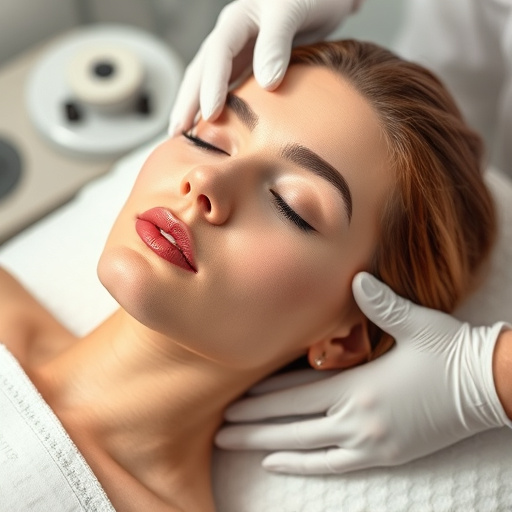
Our skin and hair are deeply connected to our hormonal balance, which plays a pivotal role in maintaining a hair-free, healthy complexion. Hormones, produced by glands throughout our bodies, act as chemical messengers regulating various bodily functions, including growth, development, and metabolism. In terms of hair free skin, hormones like estrogen and testosterone influence follicle activity, driving the cycle of hair growth and rest. Imbalances in these hormones can disrupt this natural rhythm, leading to conditions such as excessive hair growth or hair loss.
Understanding how hormones interact with our skin is crucial for achieving and maintaining a radiant, smooth complexion. Personalized skincare routines that consider individual hormonal profiles can be game-changers. For instance, customized facials targeting specific skin concerns can address hormonal imbalances contributing to acne, redness, or irritation. By focusing on body contouring through targeted treatments, one can also support overall skin health and appearance, fostering a more confident and radiant you.
The Connection Between Hormonal Imbalances and Unwanted Hair Growth
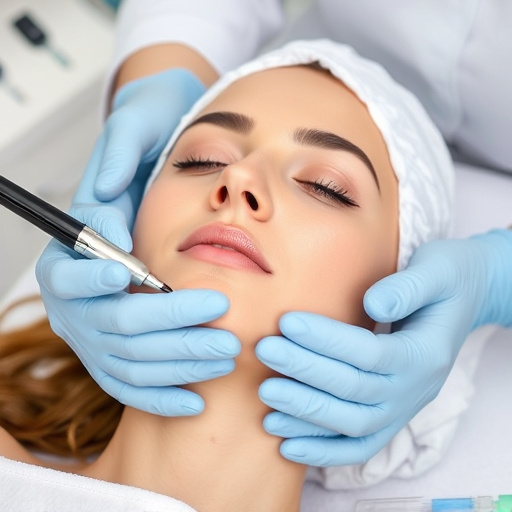
Hormonal imbalances can disrupt the natural cycle of hair growth and shedding, leading to unwanted hair in various parts of the body. This phenomenon is closely tied to the complex interplay between hormones and skin maintenance. When the delicate balance of hormones like estrogen and androgen is thrown off, it can result in conditions such as hirsutism, where excessive hair grows in areas typically free of hair, like the face, chest, or back. Understanding this connection is crucial for developing effective strategies to maintain a hair free skin surface.
The impact of hormonal changes on skin and hair health highlights the importance of addressing underlying imbalances not just for external solutions but also for overall well-being. This is where anti-aging treatments, aesthetic treatments, and even facial treatments can play a role in managing symptoms by targeting specific hormonal pathways to restore balance.
Maintaining Hair-Free Skin Through Hormonal Balance and Skincare Routines
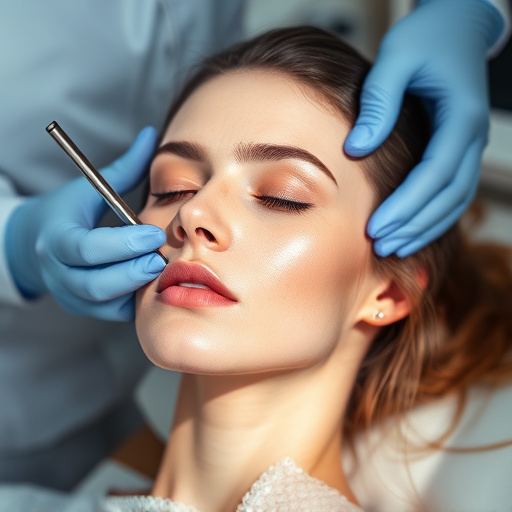
Maintaining a hair-free, smooth skin requires a multifaceted approach that involves hormonal balance and consistent skincare routines. Hormones play a pivotal role in regulating hair growth, and any imbalance can lead to unwanted hairs on various parts of the body. For instance, elevated androgen levels, often seen in conditions like polycystic ovary syndrome (PCOS), can stimulate excessive hair growth. Managing these hormones through lifestyle changes, such as a balanced diet, regular exercise, and stress reduction, is crucial.
Skincare practices complement hormonal regulation. Incorporating gentle exfoliation with chemical peels or professional skincare treatments can help remove dead skin cells and prevent hair follicles from trapping them, thus reducing the appearance of fuzziness. Regular cleansing, moisturization, and sun protection are also essential components of a hair-free skin maintenance regimen. These steps work together to keep skin healthy, smooth, and free from unwanted hairs.
Maintaining a hair-free, healthy skin involves understanding the intricate relationship between hormones and bodily processes. By addressing hormonal imbalances and adopting tailored skincare routines, individuals can effectively manage unwanted hair growth. This holistic approach ensures that both internal and external factors are considered for achieving and maintaining optimal skin conditions.


